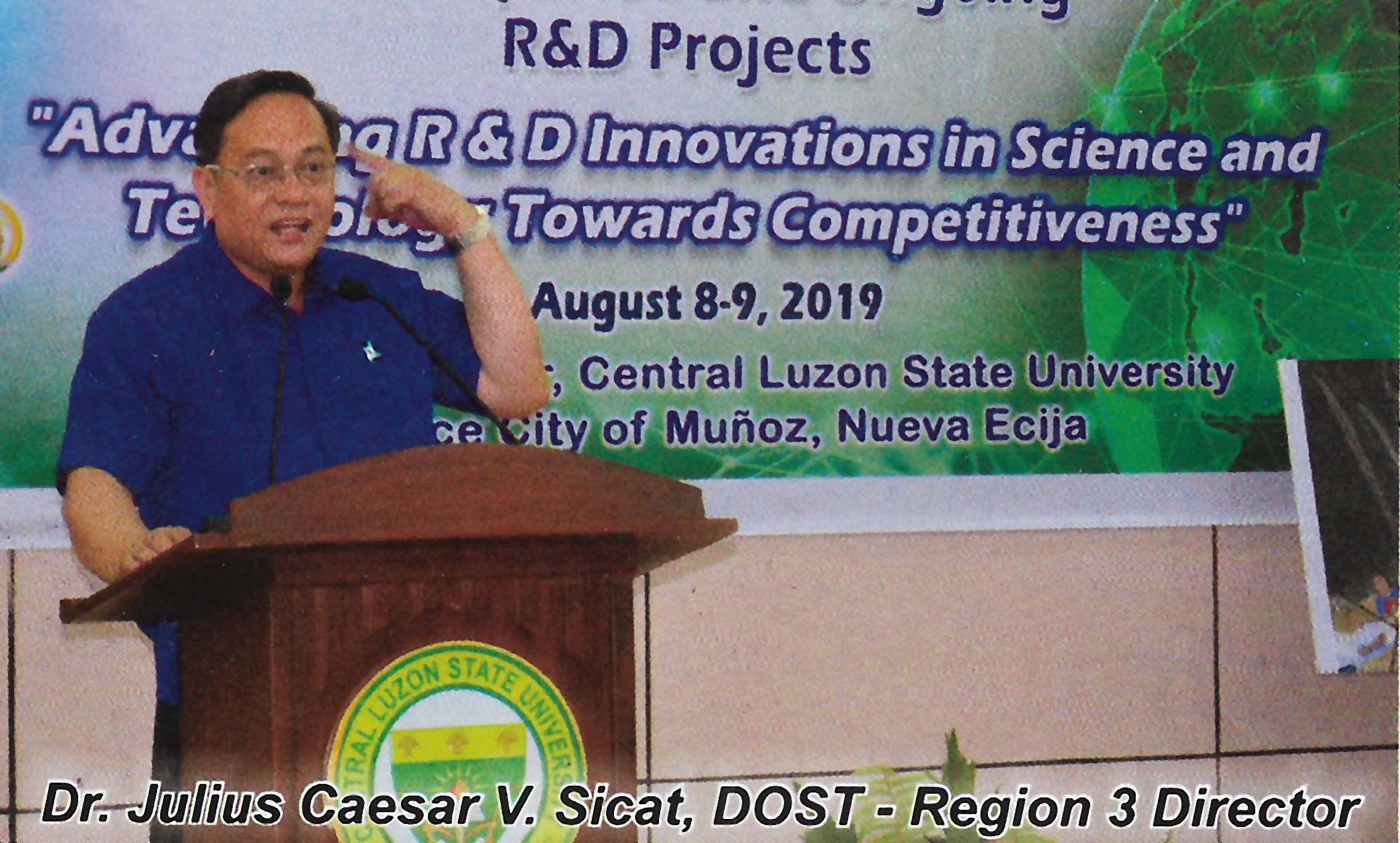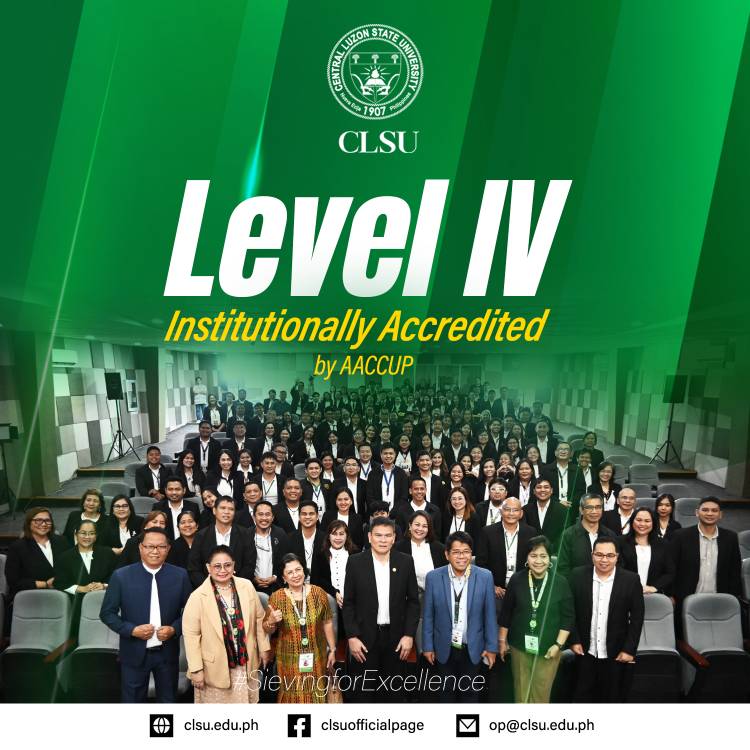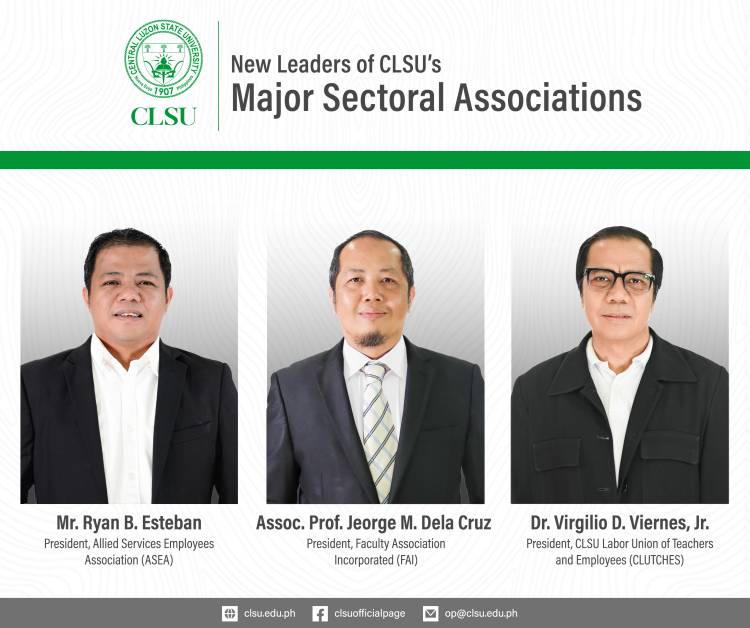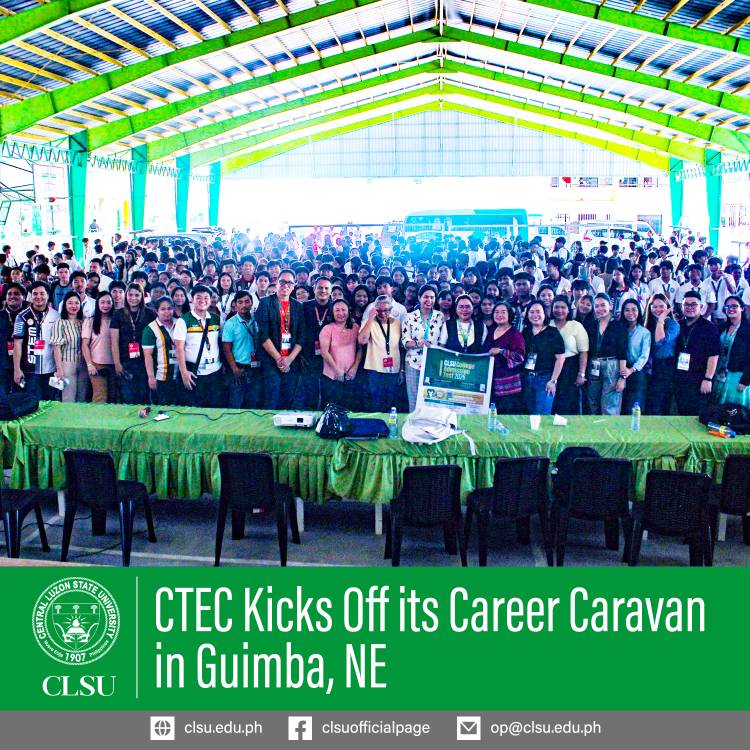AACCUP Grants CLSU Highest Institutional Accreditation – Level IV
The Central Luzon State University (CLSU) has been officially granted Level IV Institutional Reaccredited Status, the highest possible recognition from the Accrediting Agency of Chartered Colleges and Universities in the Philippines (AACCUP). This prestigious achievement positions CLSU among the top-tier universities in the country, signifying a commitment to national and global standards of academic excellence. While the official scores have yet to be released, the team evaluators, headed by Dr. Anthony Penaso, team leader and Bohol Island State University President together with Dr. Milabel Enriquez-Ho, AACCUP Executive Director, commended the University for its exceptional performance during the validation visit held on July 1-4, 2025. The AACCUP evaluation rigorously assessed nine key areas: Governance and Management; Teaching, Learning, and Evaluation; Faculty and Staff; Research; Extension and Consultancy; Linkages; Support to Students; Library, Infrastructure, and Learning Resources; and Quality Assurance Culture, ensuring that every aspect of the university meets and exceeds national benchmarks for academic and operational excellence. University President Dr. Evaristo A. Abella, expressed his gratitude towards the whole CLSU community for this achievement, especially the relentless effort of the faculty and staff from the preparation up to the actual onsite assessment. “This achievement once again demonstrated the dedication of the entire CLSU community to achieve excellence. I am truly grateful to our faculty, staff, and everyone involved who are always ready to go above and beyond what is required to advance the stature of our beloved University and achieve greater heights and pivotal milestones such as this Level IV AACCUP institutional accreditation." CLSU received its first Institutional Accreditation (IA) last 2011 with Level II status and now, after more than a decade, is re-accredited to Level IV. This prestigious IA Level IV certification, which is valid for five years, solidifies CLSU’s standing as a world-class higher education institution.







